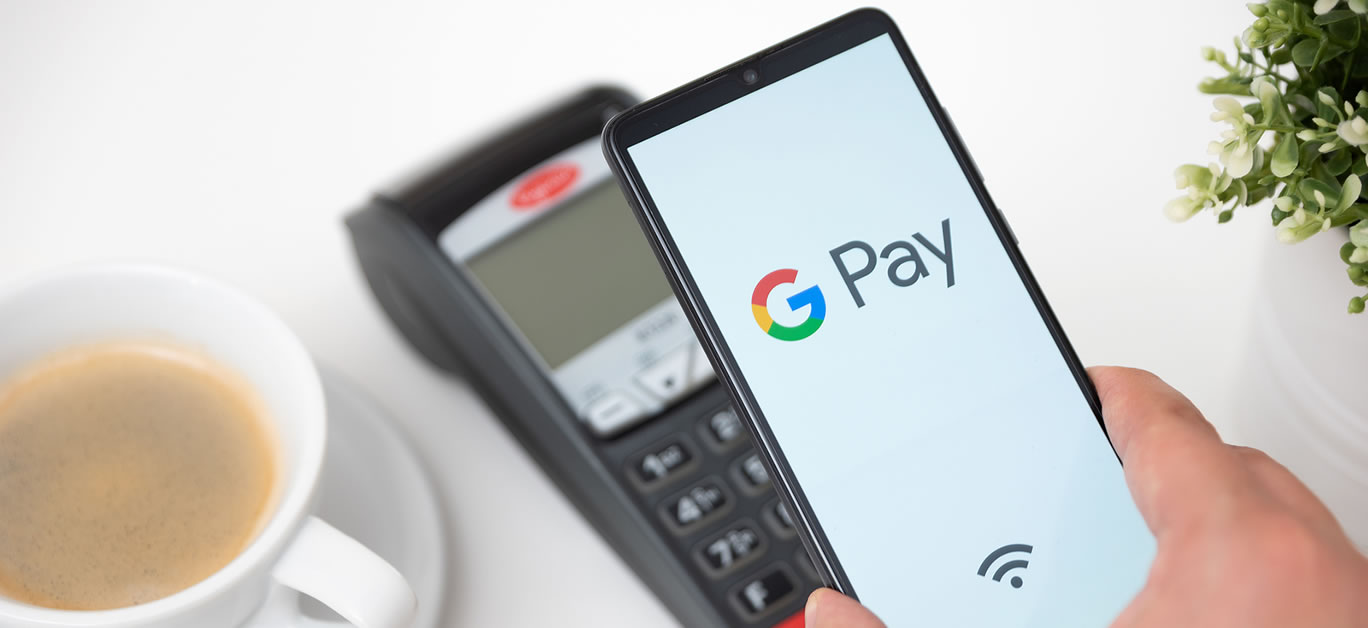In today’s digital world, just about every aspect of our life has moved online, and from working to socialising, shopping and sourcing entertainment, there isn’t a part of it that hasn’t undergone a thoroughly modern transformation. With this shift, the way we pay for goods and services has also had to evolve in order to support it, and today, there are a host of convenient and secure digital payment options that have all but left cash obsolete.
With the increasing reliance on technology and the growing popularity of e-commerce, the landscape is an ever changing one, but there are several innovative methods that have cemented themselves as go-to options, along with numerous newer and more cutting edge methods that are now taking the world by storm. Just a decade ago, you probably couldn’t have envisaged being able to pay for a luxury watch in cryptocurrency or source entertainment via an Apple Pay casino, but today, these things, and more, are very much a reality.
Here, we take a look at the top five digital payment solutions that are revolutionising the way we do our transactions, in 2023 and beyond.
Mobile wallets
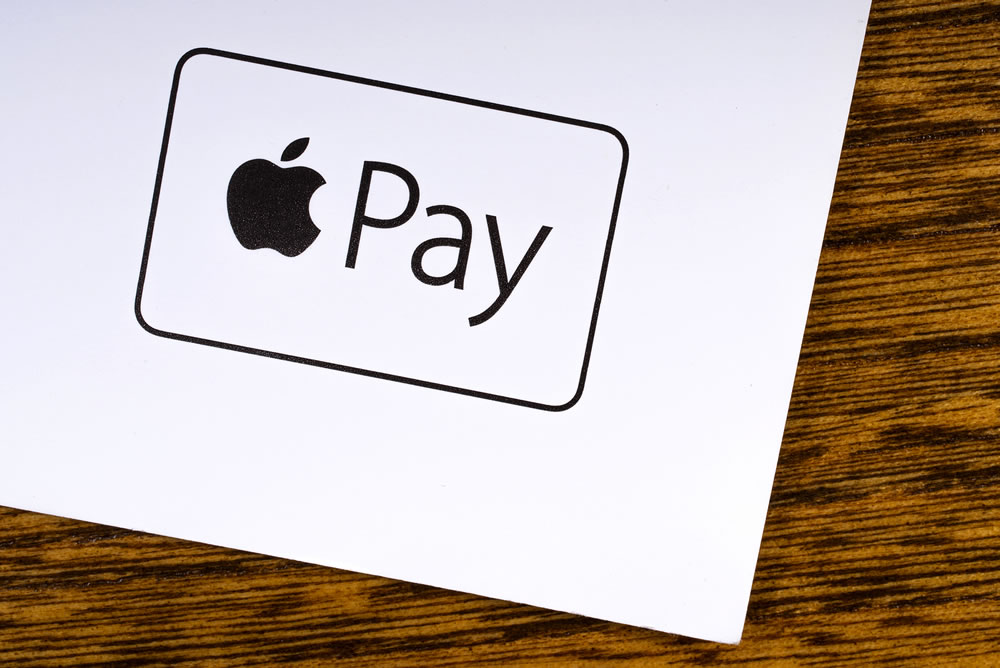
Mobile wallets are undoubtedly one of the most popular digital payment methods in recent years, and their popularity continues to soar in 2023. Allowing users to store their payment information securely on their smartphones so that they can make quick, on-the-go transactions anywhere, anytime in just a few taps of their touchscreens, the most popular of these is of course Apple Pay, but competitors Google Pay and Samsung Pay are doing their best to give it a run for its money, too. All but replacing the need for physical cards, and increasing security by making it impossible to lose your cards and the associated details, it’s easy to see why they’ve become so used, both online and off.
Cryptocurrencies
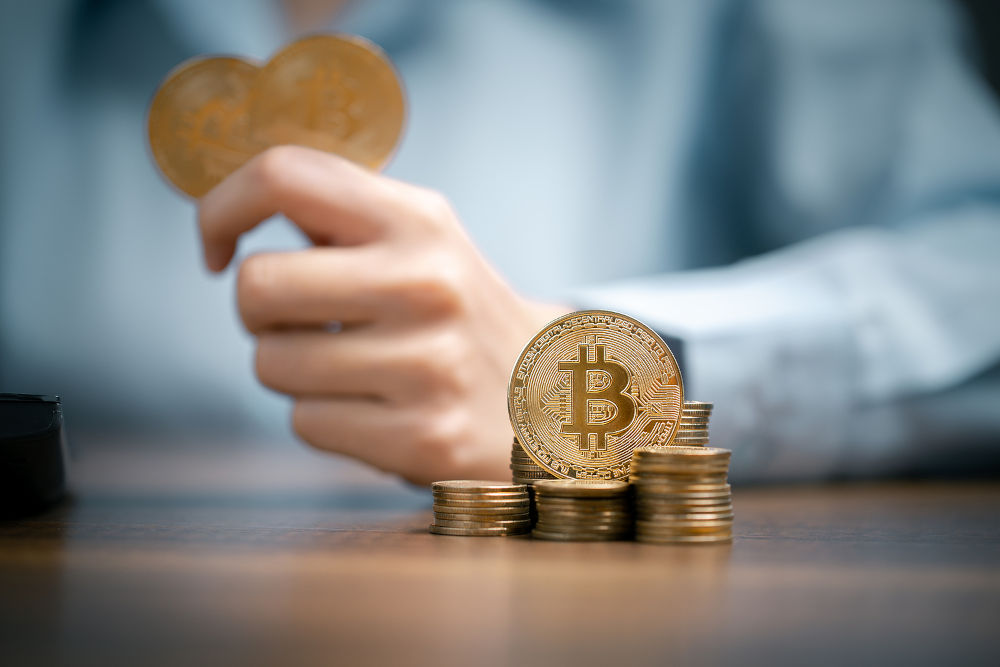
Cryptocurrencies like Bitcoin have turned the world on its head over recent years, and the world’s wealthy have embraced them almost without exception. We’ve also seen a host of amateur investors dipping their toes in the waters of the investment world, which has meant the number of those holding crypto wallets is at an all time high, so it’s no surprise that increasingly, it’s now becoming possible to pay for goods and services using these digital currencies. This is particularly true in the luxury world, where you can now purchase designer fashion and accessories, high-end cars and luxury travel all using the likes of Bitcoin, Ethereum and other alt coins. A popular payment method due to their decentralised nature, minimal transaction fees and impressive security and anonymity, it may not be for everyone, but crypto is certainly making its way into the mainstream.
Peer-to-peer (P2P) payment apps
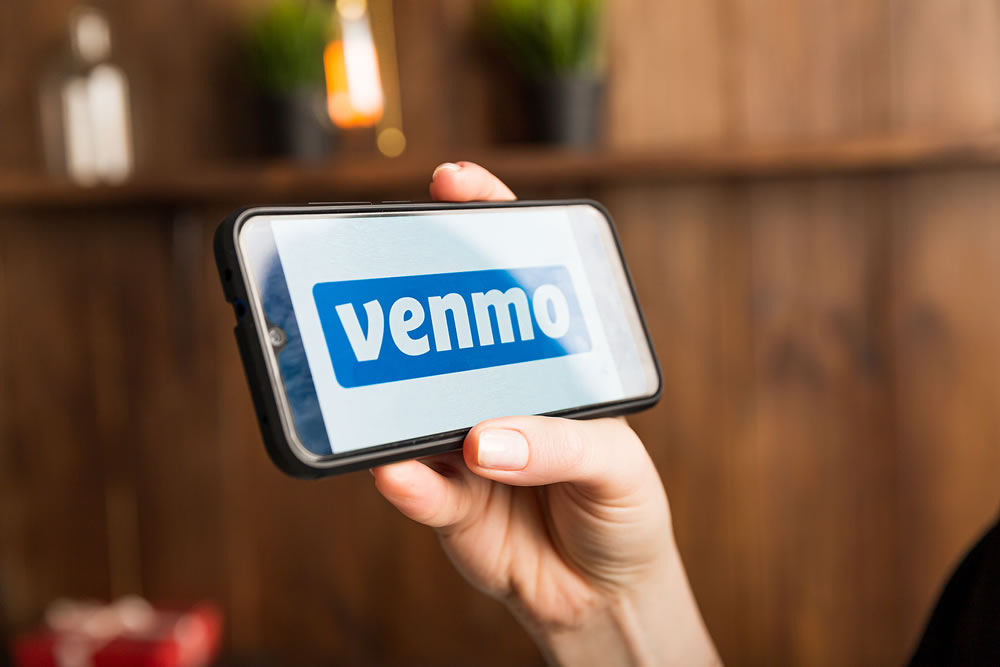
P2P payment apps have also emerged as a preferred option for many users, making it possible to quickly and seamlessly send and receive money directly via their smartphones and other mobile devices. Once upon a time, this type of transaction would have had to have been completed in the form of cash or cheques, the latter often taking days to clear. But now, payments can be made and received in seconds, which means no more waiting around. Leading P2P payment apps like PayPal and in the US, Venmo and Cash App, are enjoying surging popularity due to their user-friendly interfaces, smooth and fast transaction processing, and robust security measures.
Contactless payments
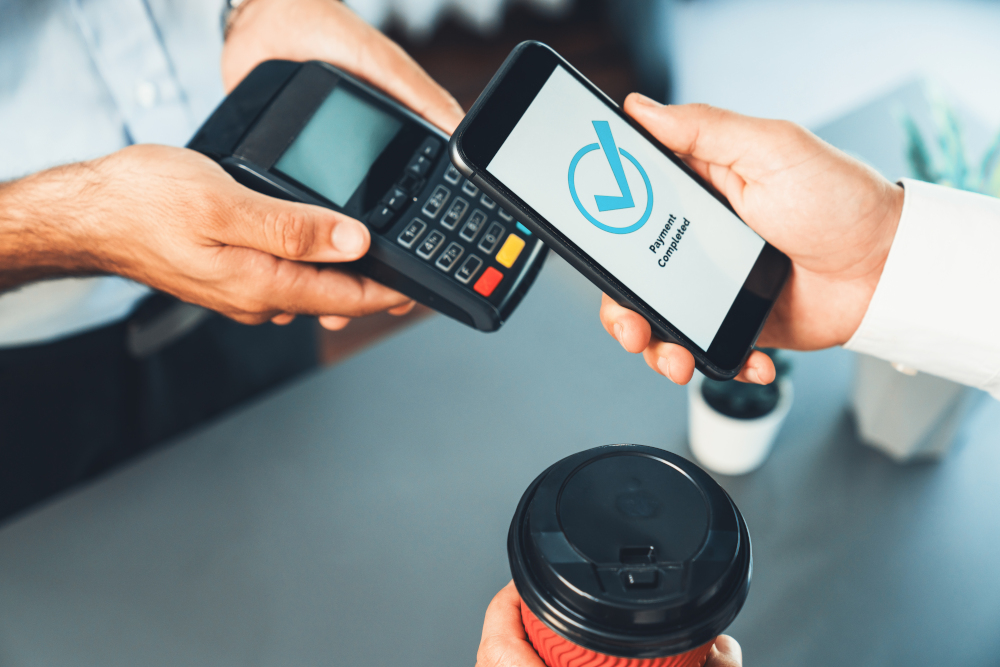
Contactless payments have experienced a dramatic rise in popularity over recent years, too, although it’s fair to say that mobile wallets like Apple Pay have since left them somewhat in the dust. Nevertheless, many people still choose to carry and pay with physical credit and debit cards, and for these people, contactless payment is a swift and convenient solution. In our post-Covid world, it has also been heralded as a more hygienic means of payment thanks to its hands-free nature – you simply tap your card against the screen of a terminal, and the rest is done for you. Security wise, this also comes with the added bonus of never having to reveal your pin – although the payment method has been criticised by industry experts due to the fact that it also means it’s possible for someone else to acquire your card and be able to make fraudulent payments all the more easily. With this in mind, most providers have imposed an upper transaction limit, so it’s still necessary to input your pin if you’re spending more than £100.
In-app and online payments
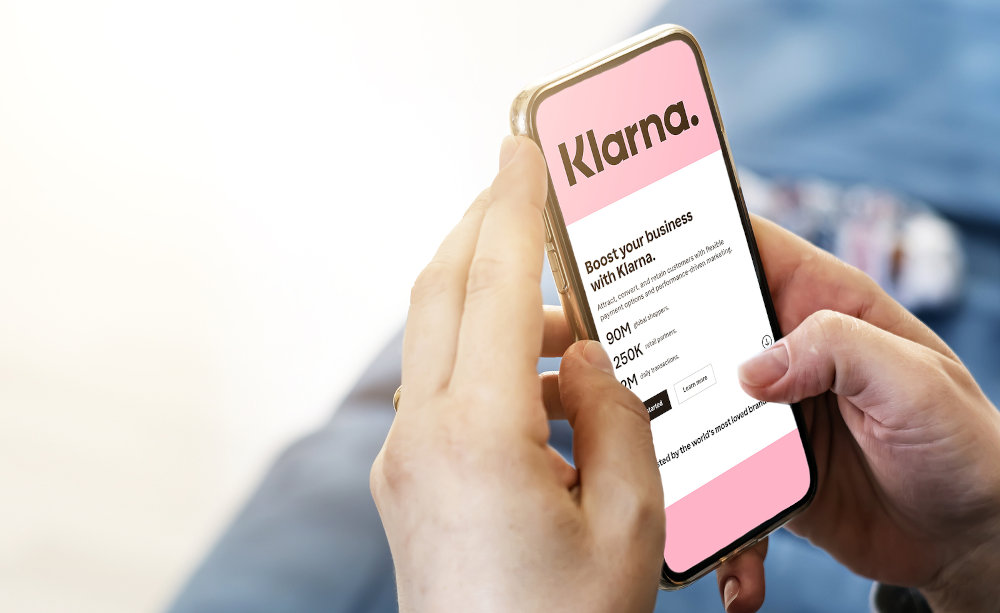
Increasingly, we’re also seeing online shopping platforms and mobile applications providing integrated payment solutions like Shop Pay, Klarna and Laybuy, allowing users to make purchases within the app or website itself. Many of these methods come with a ‘pay later’ functionality or allow users to split their payments into installments, which has made it easier than ever to make large purchases and handier for a range of scenarios – for example, if you need to order lots of clothes and try them on at home before choosing which ones you want to keep. Customers can securely store their payment information and complete transactions with a few taps of the screen, either directly on the app itself (like Amazon or Shopify, so that you don’t have to leave the platform) or by being directed to an integrated payment app (Klarna, Clearpay), after which they will be returned to the shopping site to complete their order. This has undoubtedly enhanced convenience and streamlined the shopping experience, and in more ways than one – making the entire experience quick, easy and user friendly.












